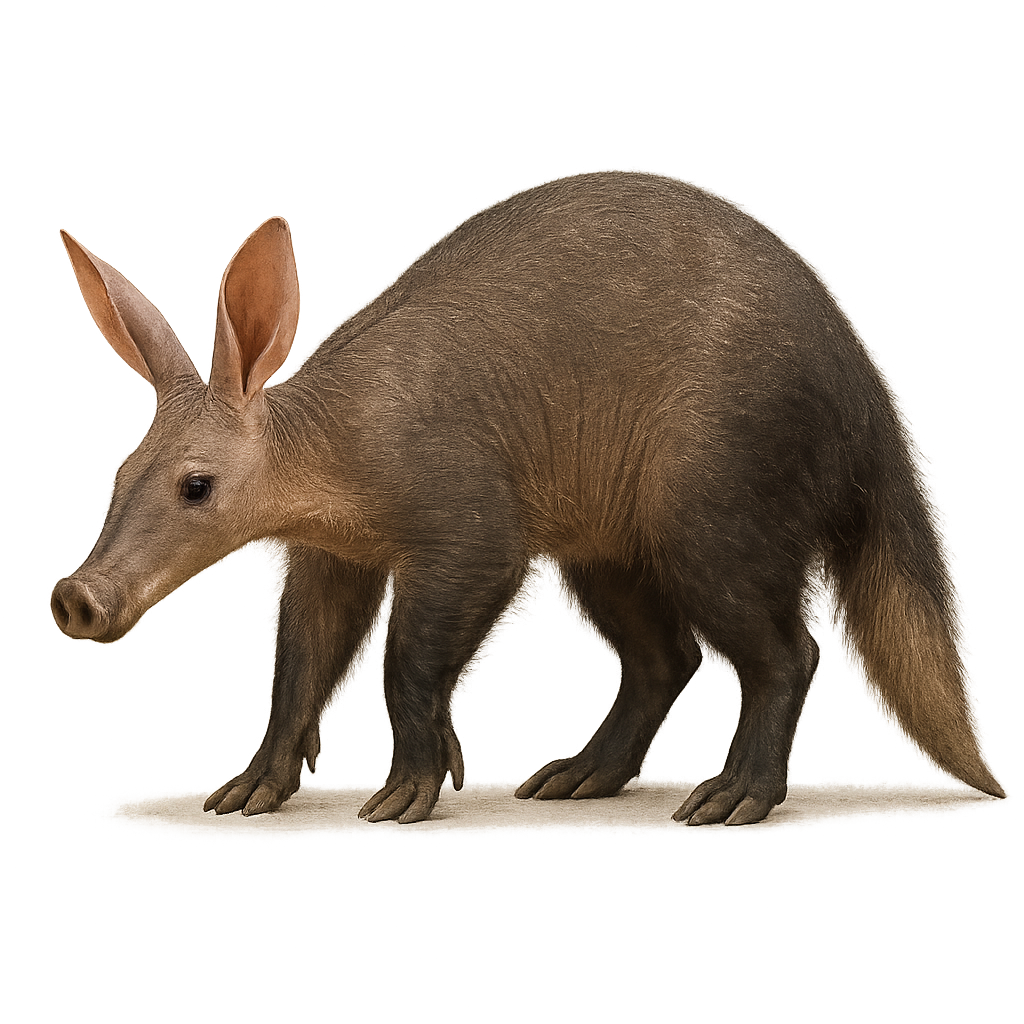Your wildlife photography guide.
Explore the aardark in detail, study its behavior, prepare your shots.
Where to observe and photograph the aardark in the wild
Learn where and when to spot the aardark in the wild, how to identify the species based on distinctive features, and what natural environments it inhabits. The WildlifePhotographer app offers tailored photography tips that reflect the aardark’s behavior, helping you capture better wildlife images. Explore the full species profile for key information including description, habitat, active periods, and approach techniques.
Aardvark
Scientific name: Orycteropus afer

IUCN Status: Threatened
Family: ORYCTEROPODIDAE
Group: Mammals
Sensitivity to human approach: Suspicious
Minimum approach distance: 10 m
Rut period: May to June
Gestation: 220-243 jours
Births: December to January
Habitat:
Savannas, humid forests
Activity period :
Mainly active at night, generally discreet during the day.
Identification and description:
Native to the savannas and forests of sub-Saharan Africa, the Aardvark is a nocturnal mammal that primarily feeds on termites and ants. It has a long sticky tongue which it uses to extract insects from their burrows. This mammal is easily recognizable by its large ears, elongated snout, and sturdy limbs. Although relatively discreet, the Aardvark is threatened by habitat loss and poaching.
Recommended lens:
400 mm – adjust based on distance, desired framing (portrait or habitat), and approach conditions.
Photography tips:
Photograph the Aardvark using a telephoto lens to capture its unique features such as its large ears and elongated snout. As a nocturnal animal, it is best to photograph early in the morning or at dusk, when the lighting conditions are soft and the animal is more active. Be patient, as the Aardvark is often discreet and difficult to spot.
The WildlifePhotographer App is coming soon!
Be the first to explore the best nature spots, track rutting seasons, log your observations, and observe more wildlife.
Already 1 439 wildlife lovers subscribed worldwide

